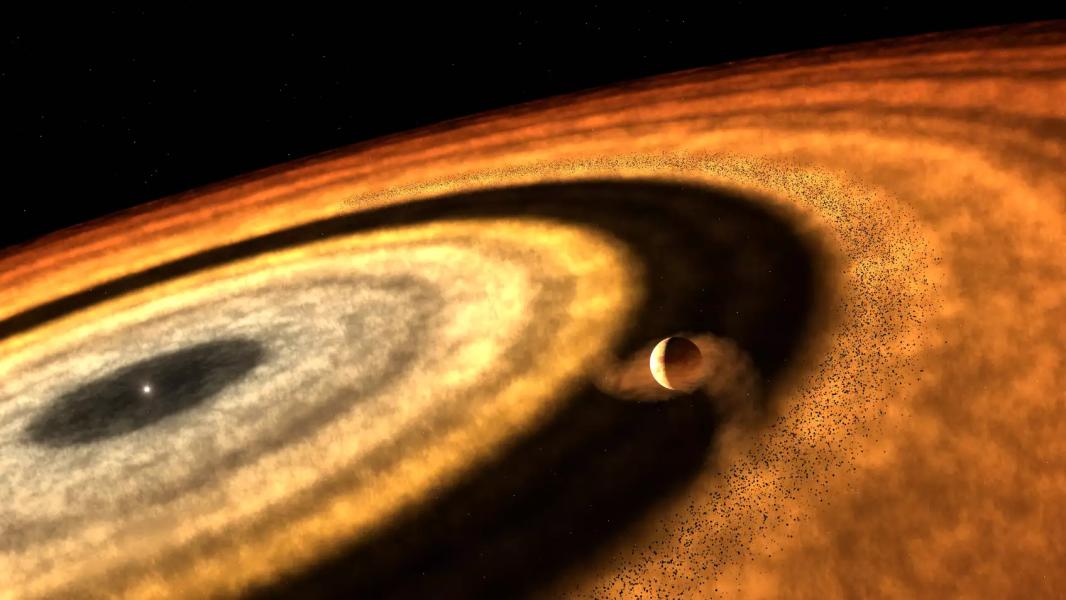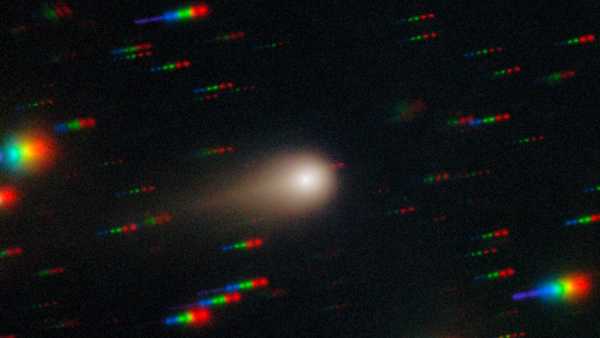
New research suggests that WASP-121b formed at a greater distance from its star before eventually moving much closer to the centre of its planetary system. (Image credit: T. Müller (MPIA/HdA – CC BY-SA))
Astronomers using NASA's James Webb Space Telescope (JWST) have discovered a number of surprising molecules in the hot clouds of this “hellish” exoplanetary world. One of the compounds has never been seen in a planet's atmosphere before.
The exoplanet, known as WASP-121b, is a gas giant that is about 1.2 times heavier than Jupiter and about 1.8 times wider. It was first discovered in 2016 and is about 880 light years from our solar system, orbiting very close to its star, completing one orbit every 30.5 hours. This extraordinary proximity to the star makes it “tidally locked,” like the Moon around Earth, with one side of the planet constantly facing the star and the other always in shadow. If it were to get any closer, the planet would likely be destroyed.
The eternal “day side” of this hellish planet reaches temperatures of about 5,500 degrees Fahrenheit (3,000 degrees Celsius), qualifying the exoplanet as “ultrahot,” while its dark “night side” has a slightly milder temperature of 2,750 F (1,500 C). Recent research has also suggested that the exoplanet may experience molten iron rain and powerful hurricanes that are larger in scale than even the most powerful storms in our solar system.
You may like
- James Webb Telescope Finds Frozen Water Around Alien Star
- Scientists Find 'Most Promising Signs Yet' of Alien Life on Planet K2-18b
- James Webb Telescope Could Detect Signs of Life on Alien 'Gisei' Ocean Worlds
Researchers recently pointed JWST’s Near-Infrared Spectrograph (NIRSpec) at WASP-121b — also known as “Tylos” (the ancient Greek for Bahrain) after the Gulf state won naming rights in 2022 — to study its super-hot atmosphere in more detail. The team made observations throughout the exoplanet’s short orbit around its star, allowing them to capture clear images of both its day and night sides.
The observations, published June 2 in the journals Nature Astronomy and The Astronomical Journal, revealed the presence of silicon oxide (SiO) gas in the exoplanet's atmosphere, which has never been detected in the atmospheres of any of the more than 5,000 exoplanets discovered so far.
Sourse: www.livescience.com





